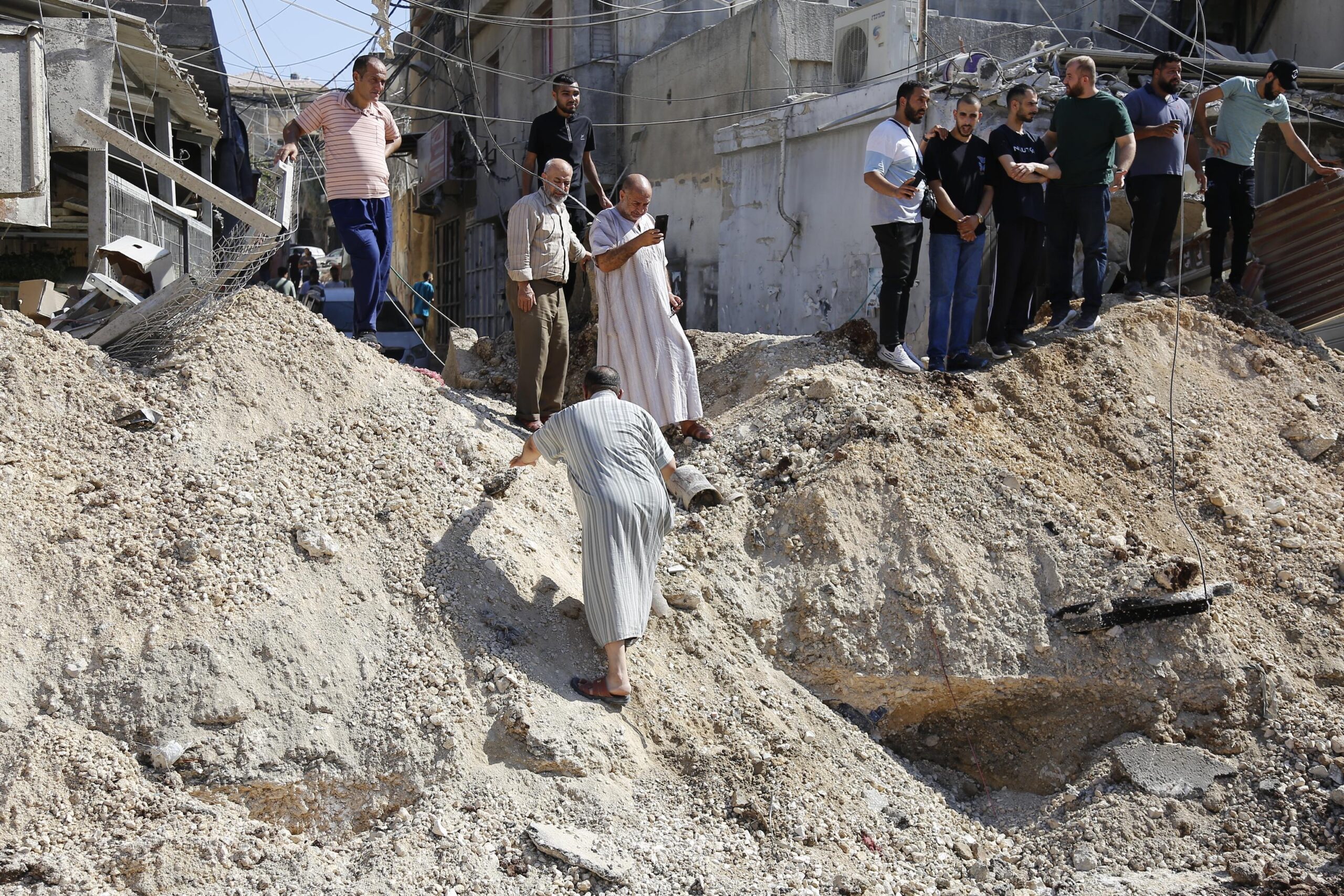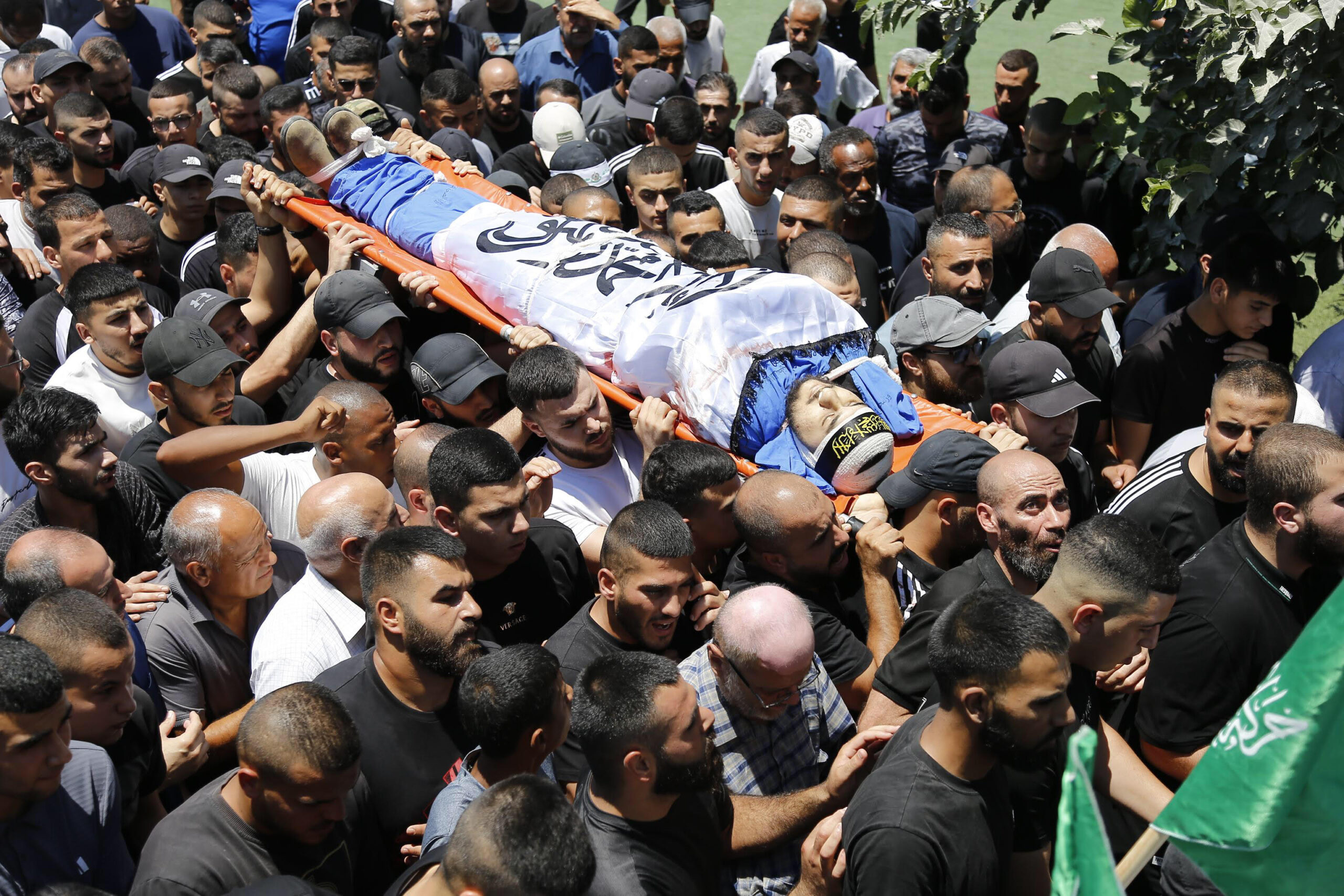Category: Photo Story
-
Huge Destruction Suffered by Nur Shams Refugee Camp
*Tulkarm – Nur Shams Refugee Camp* June 9, 2024 By Diana Khwaelid* At midnight on June 9, occupation forces stormed the city of Tulkarm and stationed themselves in the Nur Shams camp, northeast of Tulkarm. A military operation that lasted for more than 13 continuous hours ensued, during which the Israeli occupation forces vandalized and…
-
Nur Al Shams resident: the camp has become a ‘microcosm of Gaza’
By International Solidary Movement Ramallah, July 4, 2024 Over the past three days, Nur Shams refugee camp has faced intense fear and sadness due to recent bombings and killings by Israeli forces. The latest raid targeted four Palestinian youths, marking the fourth consecutive day of violence. On July 2nd, at around 10:30 p.m., Israeli forces…
-
The Israeli occupation forces use a warplane to carry out an assassination in Nur Shams Camp
By Diana Khwaelid Tulkarm-Nur Shams refugee camp 30 – Jun – 2024 The Israeli occupying forces carried out an assassination in partnership with the Israeli commander in charge of the north-central areas of the West Bank and The Israeli internal security service, an assassination in broad daylight in the Nur Shams refugee camp northeast of…



